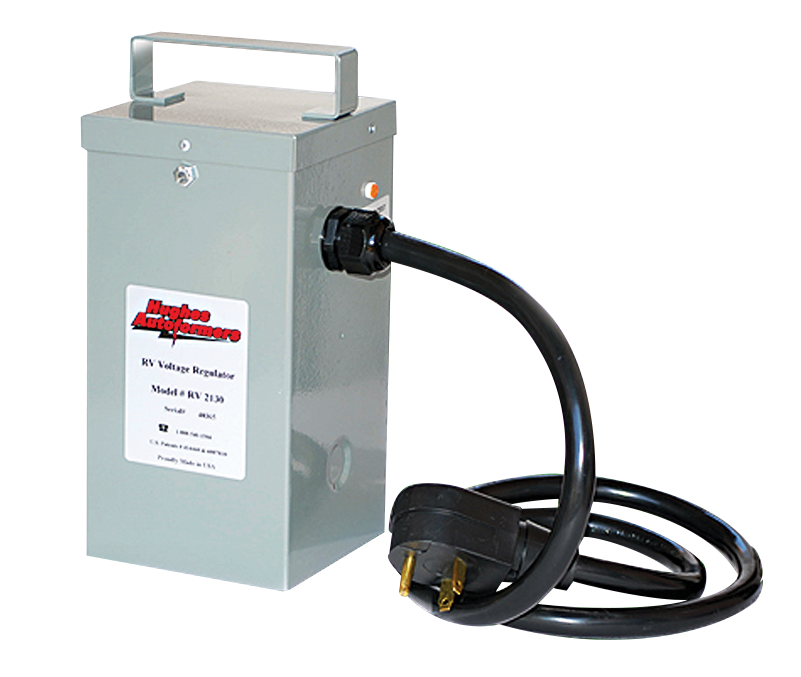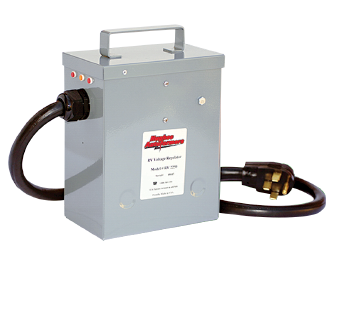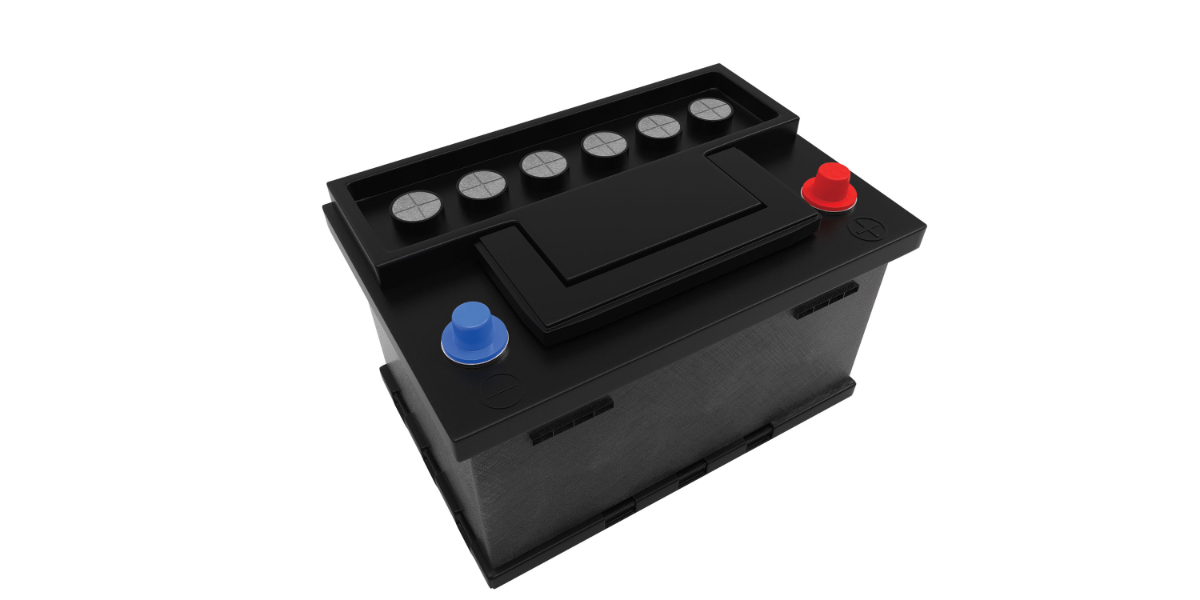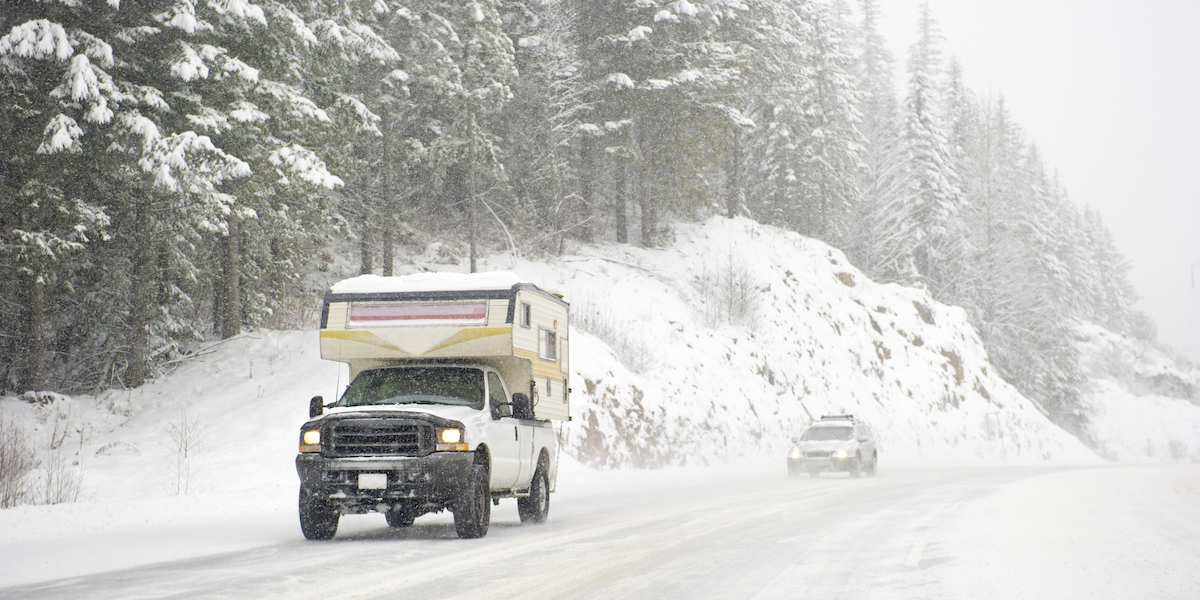RV Surge Protectors
Image Caption:
Traveling the country by tow vehicle and trailer is often a game of unknowns. We usually don’t know what we’ll see, who’ll we’ll meet along the way, and may not even know where we’re going. We’re OK with that — in fact, a little mystery is what makes the RVing lifestyle fun. But pulling into an unfamiliar RV park and plugging into a power source of unknown condition isn’t something anyone looks forward to, particularly those of us who have seen the dark side of electrical power.
What are Electrical Surges
Most of the time, whether at home or on the road, we plug into an outlet and never give it a second thought. As long as everything works, we’re happy. But electrical power is far from perfect; in addition to fluctuation and outages, surges are a common occurrence. In fact, low-level power surges can happen dozens or even hundreds of times a day, and while they won’t necessarily melt parts or blow fuses in electronic components, they can gradually degrade internal circuitry until it eventually fails. Anything with a microprocessor is particularly susceptible, and this includes TVs, computers, microwaves and even some dishwashers and refrigerators.
Power surges occur when the flow of electricity is interrupted, then started again, or when prevailing conditions send electricity flowing back into the system. Surges can range from just a few volts when you turn on an appliance like a hair dryer (an internal surge) to several thousand volts if lighting strikes a transformer or a tree falls on a power line (external surge). Surges can also occur when power comes back on after an outage.
RV Park Electrical Surges
If you own a permanent residence, you likely take care of your home and make sure there are no wiring or grounding issues. But in an RV park, you’re not necessarily in control. Not only can the wiring in the campsite pedestal be questionable (something we’ve all experienced), the whole park could have problems. Add bad weather and/or an unreliable power grid to the equation, and there’s a good chance you’ll fall victim to bad power at some point in your travels.
That’s why it’s important to use a surge protector (not to be confused with an outlet surge suppressor, which is commonly used for plugging in computers and TVs at home). A surge protector prevents bad power from entering the RV when it is hooked up to shorepower, preventing costly damage to electrical appliances. They can even protect you from your own mistakes, such as accidentally plugging the 30-amp power cord into a 220-volt AC outlet (more common than you might think).
RV Surge Protectors
Surge protectors are available in portable versions, which are easy to connect and relatively inexpensive, and hard-wired units that become a permanent part of the RV. Like most aftermarket products, surge protectors range in their features and price, so we’ve compiled this handy guide to help you find the right one for your RV. After all, a little protection now can save you a lot of trouble and expense later.
1.Hughes Autoformers

This isn’ t really a surge protector in the strictest sense, although they do incorporate surge protection, Hughes Autoformers are designed to increase voltage to the RV and help eliminate low-voltage appliance damage. The Autoformer’s “sense circuit” adjusts the output based on the load demand, so you can run additional appliances on a 30-amp circuit. With the increase in the voltage to the RV (when plugged in through the Autoformer), the amperage demand will be lower, and the overall performance will be greater, according to the company. An operating range of approximately 94 to 115 volts AC input will boost RV voltage to safe and efficient levels. Two models are offered, with install kits available separately.
Voltage-Boosting Transformers
- RV2130 (30-amp, 3,600-watt)
• Fully automatic 10 percent boost when needed
• Park-power diagnostic light
• Boost indicator light
• Spike and surge protection
• Size: 5½ inches wide by 5½ inches long by 12 inches high
• Weight: 21 pounds
• Two-year limited warranty
• Made in the USA

- RV220-50 (50-amp, double-phase 12,000-watt)
• Fully automatic 10 percent boost when needed (95 to 115 volts AC)
• Park-power diagnostic light
• Boost indicator lights for each line (two)
• Spike and surge protection
• U.L. listed
• Size: 5½ inches wide by 8½ inches long by 12 inches high
• Weight: 35 pounds
• Two-year limited warranty
• Made in the USA
MSRP: $548
Hughes Autoformers





